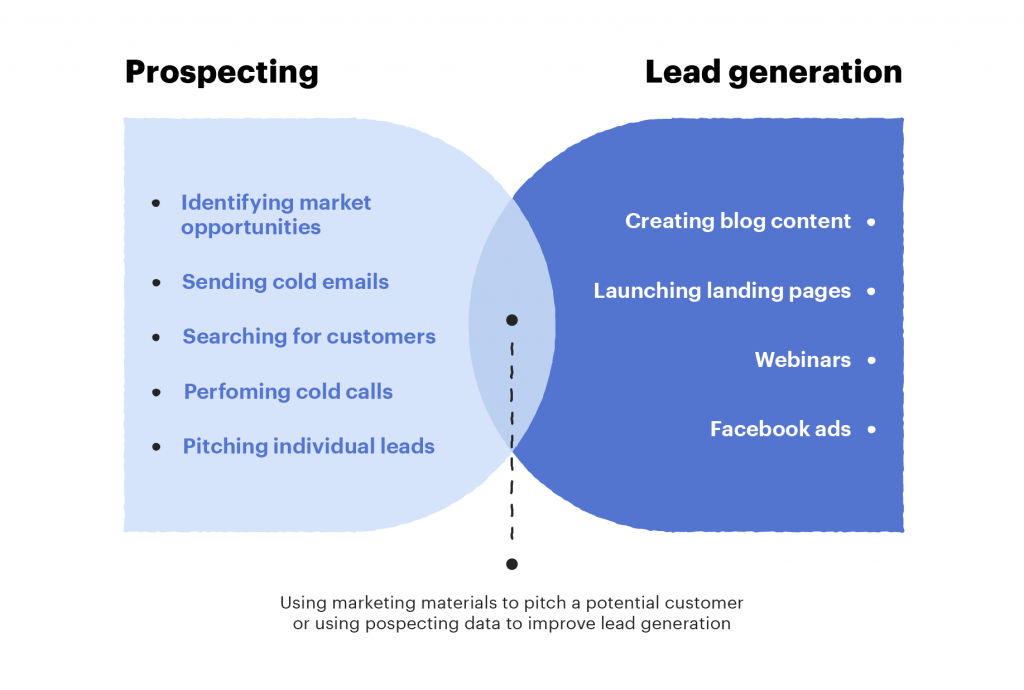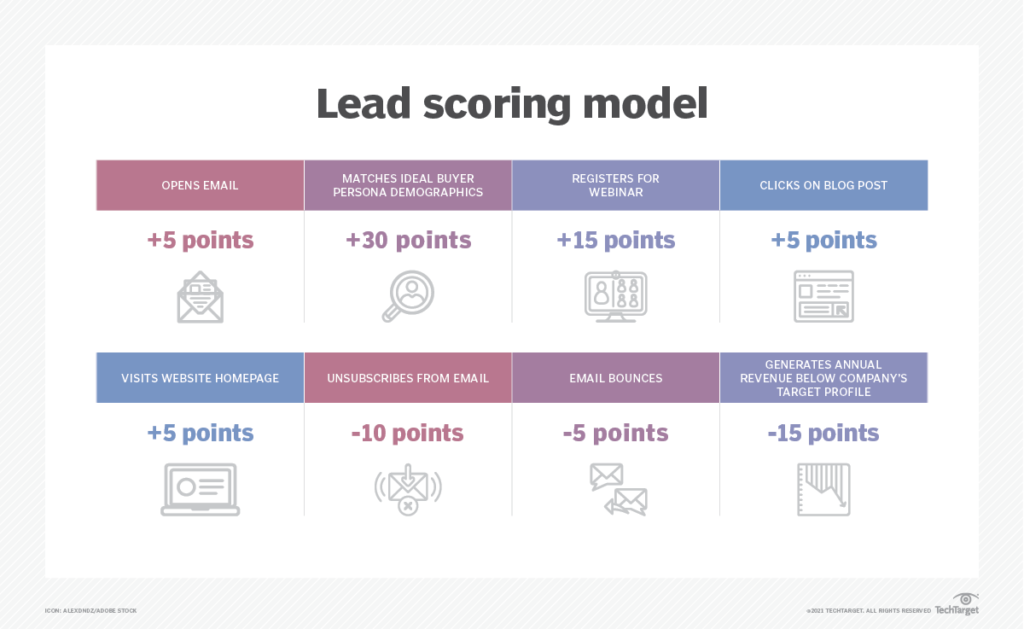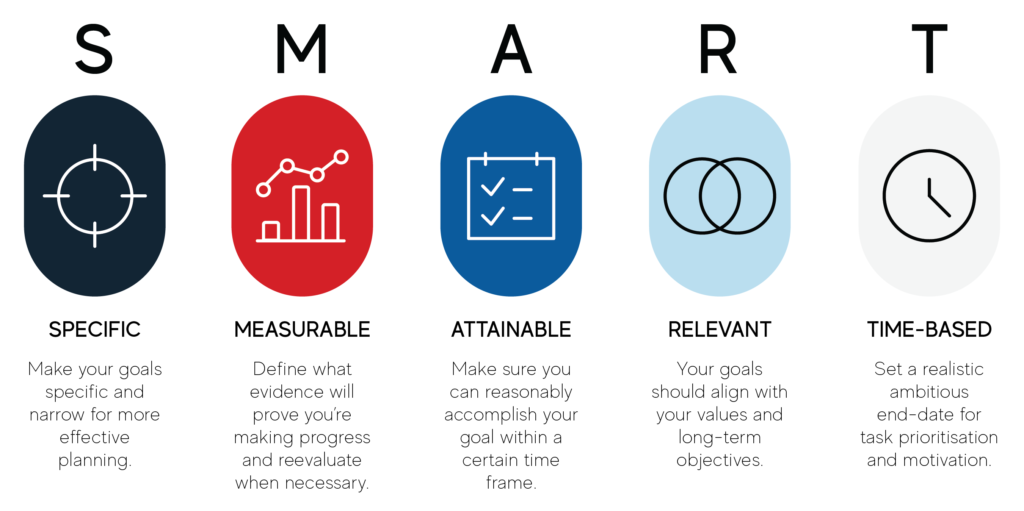The Ins and Outs of Sales Development
Sales development is a crucial component of every sales operation—the one that sets the foundation for successful sales at every subsequent stage of the sales process.
When your sales development reps (SDRs) succeed, they set the stage for your sales reps (and ultimately your customer success teams, too) to do the same. They deliver a positive first impression to potential customers and make the initial connections that lead to sales conversions and customer loyalty down the road.
So: How can you make sure your sales development team is set up to succeed? In this article, we’ll cover it all. We’ll outline what sales development should be responsible for, KPIs to help you track performance, and best practices to set your team up to succeed.
Quick Takeaways:
- Sales development is responsible for prospecting and engagement during the initial stages of the sales pipeline.
- Key aspects of sales development include: prospect outreach and nurturing, lead qualification, and successfully handing off leads to your sales team.
- Important KPIs to monitor SDR performance are: conversion rate, response rate, opportunity creation, and activity metrics.
- You can position your SDRs to succeed by setting defined goals, providing ongoing training and support, adopting the right technology tools, and celebrating success.
- Sales development is most effective when it’s aligned strongly with marketing and sales.
What is Sales Development?
Sales development is a key part of the sales process that focuses on engagement during the initial stages of the sales funnel. It involves the systematic identification, nurturing, and qualification of potential leads or prospects who have displayed some level of interest in your company’s products or services.
This critical function is centered on cultivating prospects into qualified opportunities for the sales team to pursue and convert into paying customers. In other words, sales development lays the groundwork for successful sales operations by initiating and cultivating relationships with potential clients.
Here’s a breakdown of what sales development involves:
Prospecting
Sales development teams are responsible for generating prospects for your sales pipeline, which is not the same as marketing-led lead generation. While lead-gen relies heavily on inbound marketing (like SEO and landing pages), sales development is about direct outreach to high-potential prospects.
Sales development more often involves outbound tactics like data-driven prospect list building, cold email outreach, and social selling.

Outreach
Sales development reps reach out to prospects systematically through various communication channels, such as email, phone calls, social media, and in-person interactions. The goal is to initiate a conversation and build rapport.
Education and Engagement
Once a connection is established, SDRs educate prospects about the company’s offerings and engage in meaningful conversations to address their pain points and needs. This helps in building trust and further qualifying the lead.
Lead Qualification
Not all leads are equally valuable. Sales development reps evaluate and qualify leads to determine their readiness to make a purchase. This involves assessing important factors about your lead like their budget and how well they fit with your ideal customer profiles (ICPs).
A good lead qualification process involves numerical lead scoring, which assigns a quantitative points value to each prospect depending on their fit, potential to convert, and readiness to purchase. Below is an example of a lead scoring card a sales development rep (SDR) might use.

Handoff to Sales
When a prospect is deemed qualified and shows a genuine interest in making a purchase, SDRs hand off the prospect to the sales team for further nurturing and closing the deal.
KPIs to Track Your Sales Development Performance
Key performance indicators (KPIs) are essential for assessing the effectiveness of your sales development efforts. Tracking these metrics helps you identify areas for improvement and measure the success of your team. Here are some crucial KPIs for evaluating sales development performance:
Prospect Conversion Rate
This measures the percentage of leads generated by the sales development team that ultimately convert into paying customers. A higher conversion rate indicates effective lead qualification and nurturing.
Response Rate
Response rate shows the percentage of outreach attempts (emails, phone calls, social media messages, etc.) that receive a response from leads. A higher response rate indicates that your SDRs are effectively engaging the right prospects.
Opportunity Creation
This KPI measures the number of qualified leads actually handed off to the sales. A high opportunity creation rate signifies that the sales development team is doing a good job nurturing leads through the initial stages of the sales process and building their intent to purchase.
Sales Velocity
Sales velocity measures the speed at which leads progress through the sales pipeline, from initial contact to closing the deal. A shorter sales cycle is more desirable because it cuts costs and allows your sales reps to engage a higher number of prospects in a given time period.
Pipeline Contribution
This metric quantifies the value of opportunities created by the sales development team that move on to later stages of the sales pipeline. A substantial pipeline contribution demonstrates high impact from your sales development team on revenue generation.
Conversion Rate by Lead Source
Analyzing conversion rates based on the source of leads (e.g., in-person events vs. social selling) can help identify the most effective prospecting channels and enables SDRs to adjust their tactics accordingly.
Activity Metrics
These include the number of calls made, emails sent, and social interactions initiated by SDRs. Tracking activity metrics ensures that the team is consistently engaged in lead outreach.
Prospect Response Time
How quickly the sales development team responds to incoming prospects can significantly impact conversion rates. Monitoring response time helps to optimize engagement and increases the likelihood that prospects will convert to opportunities at a reliable rate.
Building a Sales Development Team that Succeeds
Creating a successful sales development team requires careful planning, strategic thinking, and ongoing support. To accomplish this, you’ll need to take several key steps and implement effective strategies.
Set SMART Goals
Begin by clearly defining your team’s objectives and goals. What do you expect your sales development team to achieve? Understanding these objectives will be the cornerstone upon which you build your team’s structure and strategies. You can use a framework like SMART goals (summarized below) to make sure your goals are defined and supported by measurable metrics.

Recruit Top Talent
The recruitment process is also crucial. Intentionally hire sales development representatives who possess the right blend of skills and qualities. Look for individuals who are not only excellent communicators, but also persistent and resilient. The role of a sales development representative can be challenging and often requires the ability to handle rejection while maintaining a positive attitude.
Train Your Team
Invest in comprehensive onboarding for your new employees, and continual training for even your most experienced SDRs. Equip your reps with in-depth understanding of your company’s products or services, your ideal customer profiles, and the intricacies of the sales development process.
Providing the right tools and resources from the start is essential for setting your team up for success.
Define Your Processes
Establish clear, documented workflows and processes for your sales development team. Define criteria for prospecting, lead scoring and qualification, and when to pass leads to the sales team for further nurturing and conversion. Having well-defined workflows ensures that everyone on the team is on the same page and that there’s consistency in how leads are managed.
Adopt the Right Technology Tools
Leverage technology to streamline your team’s efforts. Invest in sales technology tools, such as a CRM system and sales prospecting platform. These tools enhance efficiency, centralize data insights to guide decision-making, and keep your data more accurate and updated.
Mentor Your SDRs
Continuous coaching and feedback are vital for the growth of your sales development team. Regularly provide coaching sessions and constructive feedback to help your SDRs refine their skills. Use interactive exercises to simulate real-world scenarios and share best practices within the team.
Align Sales Development with Sales and Marketing
Foster a strong collaboration between your sales development, marketing, and sales teams. Effective communication at all stages of the pipeline and a seamless handoff process for qualified prospects are essential for ensuring a productive partnership.
A well-coordinated effort between the three teams maximizes the chances of converting prospects into customers and delivering a positive experience.
Be Adaptable
Stay adaptable and open to change. The business landscape is dynamic, and what works today may need adjustment tomorrow. Continuously assess the effectiveness of your sales development processes and be ready to make adjustments as needed to improve results.
Celebrate Success
Last but not least, don’t underestimate the power of recognition and celebration. Acknowledge and celebrate the achievements of your sales development team. Positive reinforcement and a motivating work environment can significantly boost morale and productivity.
Putting it All Together
Building a high-performing sales development team is a process that requires ongoing commitment, refinement, and a dedication to customer-centric strategies. By following these steps and implementing effective practices, you can establish a team that not only meets but exceeds your sales objectives, ultimately contributing to the growth and success of your organization.
When your SDRs are engaged and performing, they set the foundation for stronger pipeline activity at every additional stage of the pipeline, driving bigger sales results for your business.
Televerde offers sales development solutions rooted in industry best practices and customers to the unique needs of each client. Contact our team to learn more about how we can help you drive greater sales conversions and pipeline growth.


